What is Laser Therapy?
Laser therapy is a clinical procedure that uses focused low intensity laser light to stimulate a process called photobiomodulation (PBM). During this process photons enter the damaged tissues and intermingle with the cytochrome c complex within mitochondria. This in turn starts a biological flow of events that leads to tissue healing, increased cellular metabolism, reduction of pain, decreased muscle spasm and improved microcirculation to injured tissue.Laser therapy is a FDA-approved treatment and offers patients a non-invasive, non-surgical alternative for pain relief.
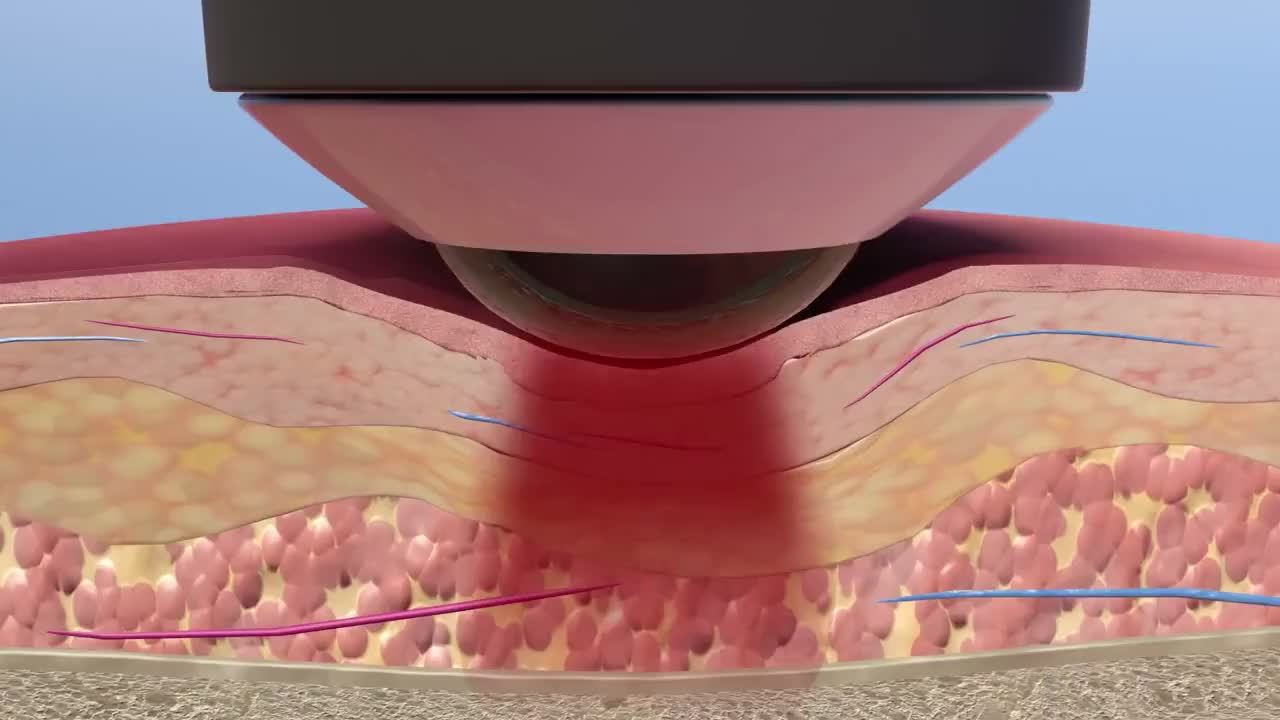
How Does Laser Therapy Work?
Laser therapy works by starting off a process called photobiomodulation (PBM), wherein the photons enter the tissue and heal internally. For the best therapeutic outcomes from laser therapy, a sufficient amount of laser rays needs to reach the target tissue. Factors that maximise laser light reaching target tissue include:
Light Wavelength
Reducing Reflections
Minimizing Unwanted Absorption
Power
Treatment Solutions
Laser therapy is often used to treat acute and chronic pain conditions as well as for post-surgical recovery. Laser can also be used as an alternative to prescription pain drugs, as a tool to postpone the necessity for certain surgeries, and as pre and post-surgical treatment to help manage pain and inflammation.
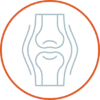
Acute Conditions
Lasers are particularly effective for acute conditions when treatment is administered soon after an injury (when there's no active haemorrhage). Bringing pain in check quickens and aids the healing process.

Chronic Conditions
Research has shown that in chronic conditions, laser therapy often helps to tackle persistent pain and promote circulation to damaged tissues. It is an effective, non-pharmaceutical solution to reduce pain without the side effects of medication.

Post-Activity Recovery
LightforPain Lasers can be used for sports injuries and post-activity recovery. Pro, college, and national sports teams use laser for post-activity recovery. Laser therapyis very effective at enhancing post-activity recovery times and reducing delayed onset muscle soreness (DOMS).
Clinical Applications
Lasers can effectively be used to treat the following painful conditions:
- TMJ
- Elbow & Joint Pain
- Sciatica
- Soft Tissue Damage
- Neck Pain
- Upper Back Pain
- Arthritis
- Plantar Fasciitis
- Shoulder Pain
- Low Back Pain
- Sports Injuries
Safety
All the laser therapy machines provided by Light For Pain are cleared by the FDA and adhere to strict ISO standards in order to provide you with the safest non-invasive treatment option on the market. Laser therapy also provides a safe and effective alternative to drugs and surgery.
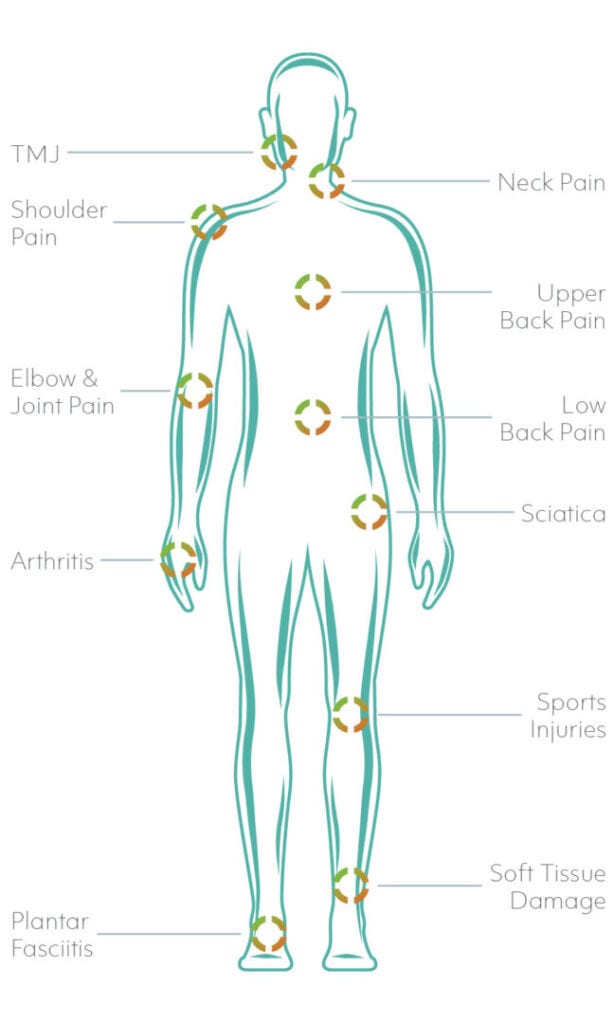
Class IV Laser Therapy
What is a Class IV therapy laser?
Class IV lasers are capable of providing both the wavelengths and output power levels necessary to trigger therapeutic cellular metabolic changes. The Class IV LiteCure Deep Tissue Laser Therapy System applied using scientific treatment protocols provides demonstrated clinical therapeutic benefits and positive outcomes to patients in a clinical setting for a wide range of both acute and chronic diseases, regardless of patient age or gender. Higher wattage also leads to faster treatment times and offers effective treatment for pain complaints that are unachievable with low power lasers.
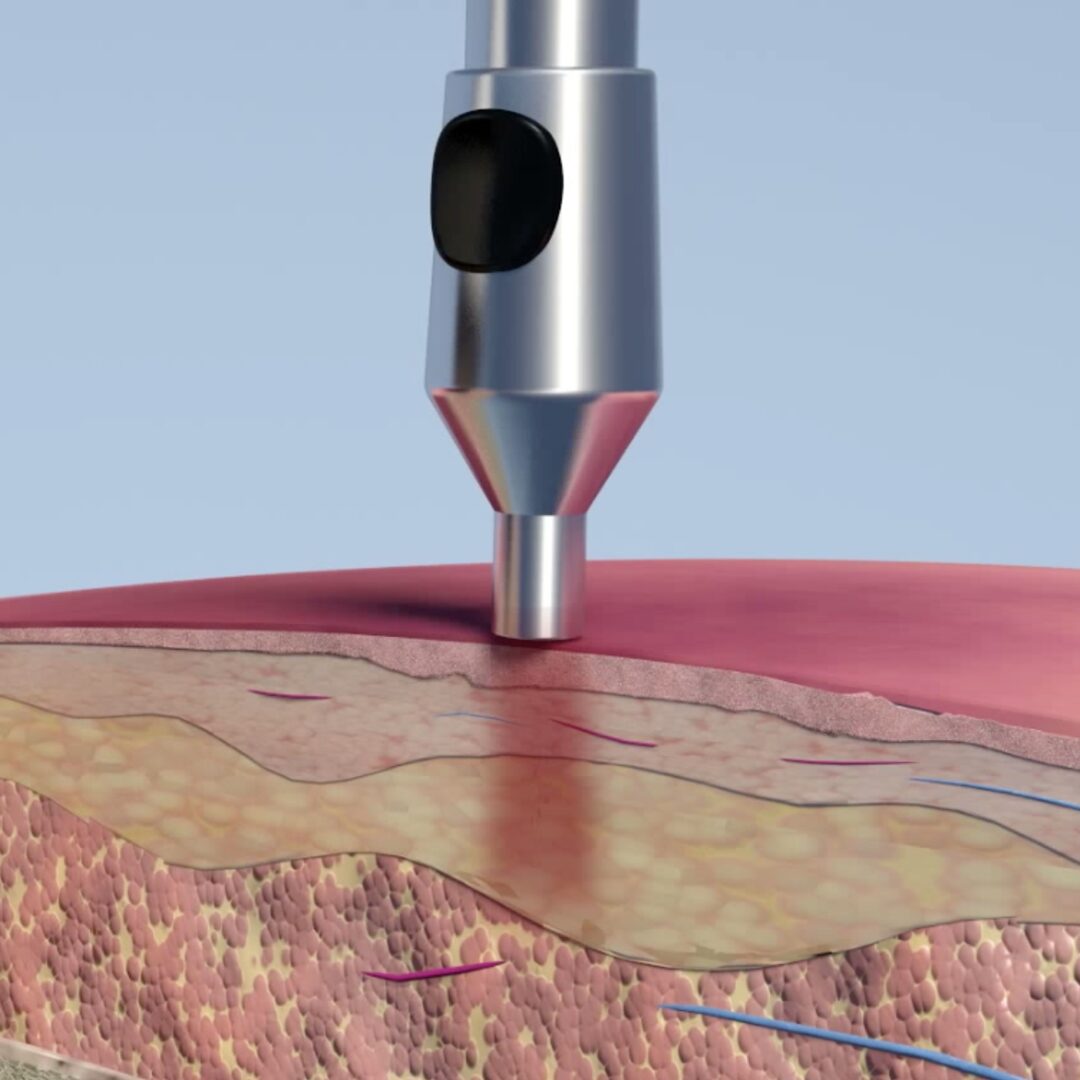
Efficacy
Laser therapy helps the body to utilize its own healing powers by inducing a series of healing responses in your body. During treatment you'll feel soothing warmth that identifies the start of an 18-24 hour process of modulated cellular activity resulting in decreased pain and improved local circulation to the area treated. Most patients see results within three to five short treatments.
Photobiomodulation
Laser therapy works by flooding the tissue with photons, which energizes cells leading to increased circulation to the injured area and ultimately pain reduction, during a process called photobiomodulation (PBM).
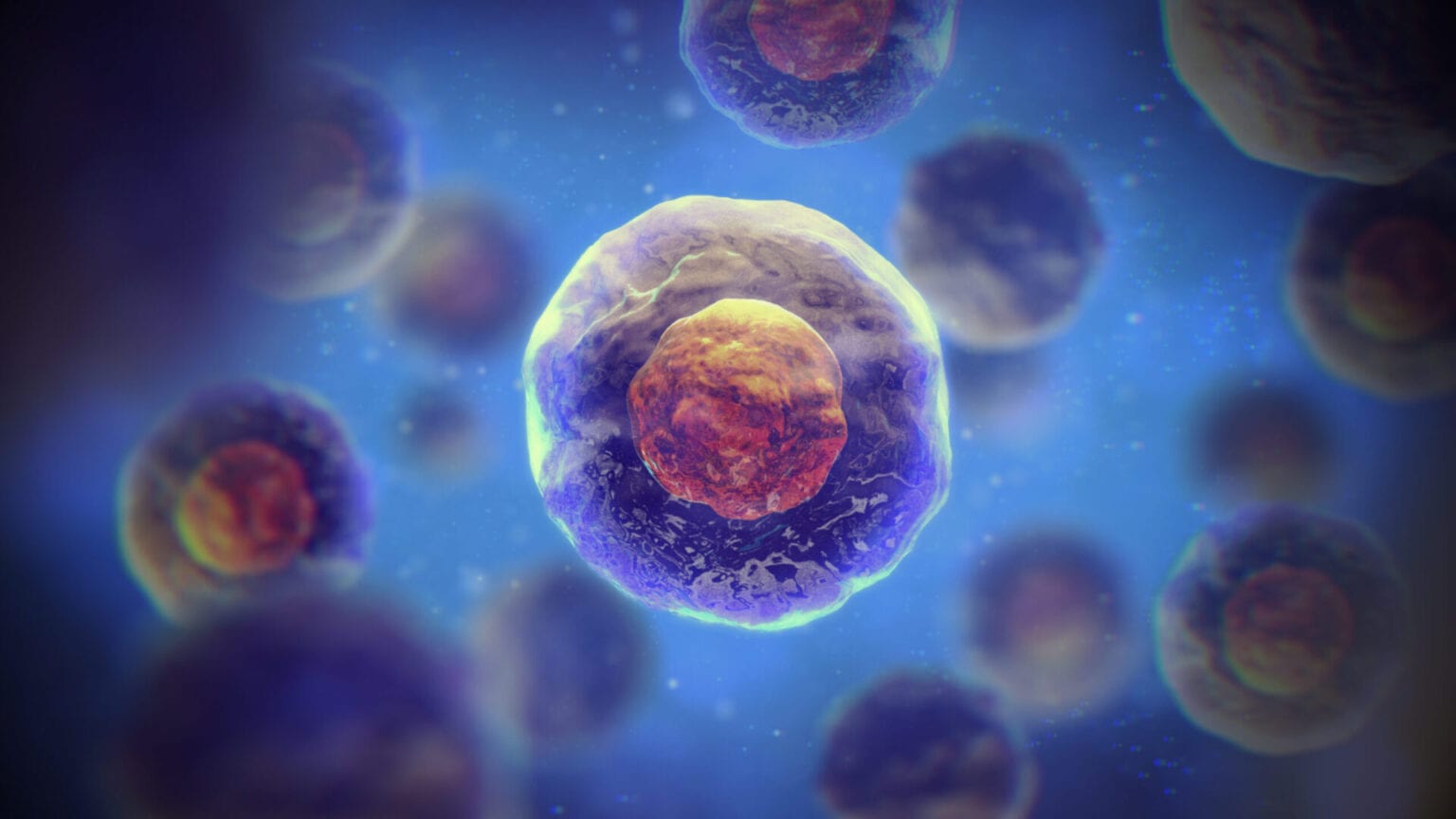
Patient FAQs
What is the aim of laser therapy?
Laser therapy, or photobiomodulation, is a process where laser light is used directly over the injured area in a way that photons enter the damaged tissue, and interact with the cytochrome complex within the cell mitochondria. As a result of this, a biological cascade of events happens resulting in cellular metabolism. The lasers help in tissue healing and effectively reduces both pain and inflammation. Laser therapy is employed to treat acute and chronic pain conditions, as a pre- and post-surgery treatment for pain and inflammation and as post-activity recovery. It's also used as an alternate choice to prescription drugs and as a non-surgical method to reduce pain and heal acute conditions.
Is laser therapy painful? What does laser therapy feel like?
Laser therapy treatments needs to be administered on to skin, as laser light cannot penetrate through layers of clothing. You will feel a soothing warmth while the therapy is being administered. Many patients enjoy the experience especially when a massage-ball treatment head is employed to deliver what is often described as a "laser massage." Patients taking higher-power laser treatments have often reported a rapid decrease in pain. In cases of chronic pain, these effects are often particularly pronounced.
Is laser therapy safe?
Class IV laser therapy (now called photobiomodulation) devices were cleared in 2004 by the FDA for the safe and effective reduction of pain and for increasing micro-circulation. Laser therapy is completely safe and is one of the most effective treatment options to reduce musculoskeletal pain and inflammation due to injury, accident or any other reason. The only risk from this therapy is the eye (shining laser light directly into the eye) which is why a trained clinician delivers the treatment, and certified, protective eyewear is always given to each patient during the treatments.
How long does a therapy session last?
Each session is usually 3-10 minutes depending on the area, depth, and acuteness of the condition being treated. High-power lasers are capable of delivering a lot of energy within a small-time frame, allowing therapeutic dosages to be attained quickly. For patients who need quick pain relief laser therapy is the best option.
How often will I need to get treated with laser therapy?
Most patients with acute conditions will receive at least 2-3 treatments per week initially. Research supports patients receiving frequent cumulative therapies at the start of the treatment plan, as the results are very helpful. Treatment can be administered less frequently as the symptoms resolve.
How many treatment sessions will I need?
The nature of the condition and the patient's response to the treatments plays a key role in determining how many sessions will be needed. Most laser therapy plans of care involves 6-12 treatments, with more treatment needed for acute and chronic conditions. Your doctor will develop a treatment plan that's optimal for your condition.
How long will it take until I notice a difference?
Patients often report better sensation, including a therapeutic warmth and some pain relief immediately after the treatment. For visible changes in symptoms and condition, patients should undergo a series of treatments as suggested by the physician.
Do I have to limit my activities?
Laser therapy does not limit a patient's activities. Rather, after a few sessions of laser therapy, one may become capable of performing various activities that he/she was unable to earlier. That being said, reduced pain shouldn't overshadow the recommendation of a medical professional who understands how the laser will fit into a rehabilitation procedure when deciding how aggressively to push functional limits.
Clinical FAQs
Is certification required to administer laser therapy?
Every clinician providing LightForPain laser therapy needs to do a training provided by LightforPain technicians and trainers.
What does power or wattage have to do with laser therapy treatments?
The main challenge in photobiomodulation therapy is getting light energy in sufficient quantity to injured tissues.
Skin does a brilliant job scattering and reflecting most of the light that tries to enter the body. Also, melanin absorbs a lot of rays that goes into the skin, leaving little that is transmitted below skin level. When normal white light hits the skin, only a few photons get past this impressive gate keeper.
On top of these natural barriers to light, an injured area has dozens of square centimeters of tissue damage making it harder for the light to penetrate. When larger areas need to be treated, more power is required at the surface to ensure an equivalent therapeutic dose at depth. Therefore, employing a laser that has the acceptable wavelengths to penetrate tissue ideally, but featuring a very low level of overall power, will only be able to effectively treat very small areas. Additionally, treatments may take 30 minutes or longer.
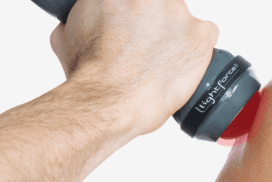
The higher wattage Class IV lasers (anything above 0.5W) provides enough laser energy to be passed onto nerve, muscle, ligament, tendon, and/or capsular tissue during a reasonable amount of time. Normal treatment sessions range from 3-10 minutes, which is preferable during a busy clinical setting.
What's the difference between a super pulsed laser, gated pulsing laser or continuous wave laser?
Photobiomodulation therapy is delivered in either continuous wave or pulsed mode. Typically, there are two sorts of pulsing utilized in therapy lasers:-super pulsed or gated.
Super Pulsed Numerous claims suggest there are ideal pulsing frequencies. However there are no published studies that show Super Pulsing is better than continuous wave light therapy.
Gated When the laser is employed in gated mode, it sends power on and off and subsequently delivers a lower average output power. Generally, the utilization of pulsing decreases light delivered to the target due to lasers being emitted briefly in bursts with slack periods between.
Continuous Wave Continuous wave lasers deliver photobiomodulation therapy by having the laser "on" all the time. There is no period where the laser is "off" during the treatment. It's equivalent to turning on a light to illuminate an area.This is the mode used by LightforPain machines. This method helps promote consistent outcomes by making it easier to properly dose tissue in less time.
What are the contraindications for laser therapy?
The following are contraindications to avoid with laser therapy
- It cannot be used over growth plates in children.
- Cannot be used on pregnant patients over the abdominal area or the low back/pelvic area.
- Evade treating around glandular tissue (such as thyroid, testes, ovaries).
- Not to be used over pacemakers or internal pain pumps.
- Never treat patients taking photosensitive medications (such as Accutane, steroids, antibiotics)
What are the side effects of laser therapy?
As per studies, there are not any known significant side effects from laser therapy. Increased blood flow may be a positive benefit related to laser therapy which will cause the skin to urge flush and therefore the feeling of heat. These changes are short-lived, typically lasting up to a couple of hours. Improper dosing can cause increased swelling for acute injuries where there's significant inflammation present, as well as increased nerve-related pain for conditions when irritable nervous tissue is over-stimulated. This is usually avoidable by adjusting the treatment settings. On these rare occasions, the setbacks usually reverse themselves within 24-36 hours. Understanding proper dosing parameters minimizes this risk.
Is Class IV laser a cold laser?
The term "Cold Laser" had been created to help describe how lower power Class II and III lasers work. These lasers don't have power densities (irradiance) adequately high enough to cause surface heat when applied. Therefore, Class IV lasers aren't technically "Cold Lasers"since they create a warming sensation on the skin when applied in most cases.
Can laser therapy be used with other modalities/treatments?
Yes, laser therapy generally works well with other modalities that are being used for tissue repair or pain management. Examples might include blood flow restriction and chiropractic. Laser therapy has no known side effects and can be used with other treatments.
Can laser be effective as a post-surgical treatment for pain and inflammation?
Yes. One of the most vital aspects of laser therapy is reduced pain after treatment. Research has shown that PBM can speed up the healing process of certain tissues through increased cellular metabolism. For post-surgical patients, appropriate doses of laser light is delivered to effectively reduce pain, without negatively impacting the body's natural healing process.
Can laser be used over metal/implants?
Yes, laser can be used over metal implants/hardware. The light will simply bounce off of metal. There will be no heating that takes place at depth due to the laser light when it is within recommended parameters.
Is laser effective for treating arthritis?
Several studies have shown that laser therapy can very effectively address the symptoms associated with both osteo and atrophic arthritis. While it will not restore damaged cartilage, it can help improve ROM of the affected joints and help reduce pain so that functional levels are often maintained.
Is there any literature supporting the utilization of laser therapy in rehabilitation?
Yes, there's a growing body of clinical research supporting the utilization of Class IV, deep tissue lasers as a secure and effective treatment option for a myriad of conditions in rehabilitation. As of 2020, an enquiry on Pubmed.com yielded over 7500 publications on "Low Level Laser Therapy" and over 1200 articles on the more recently coined term "Photobiomodulation".




